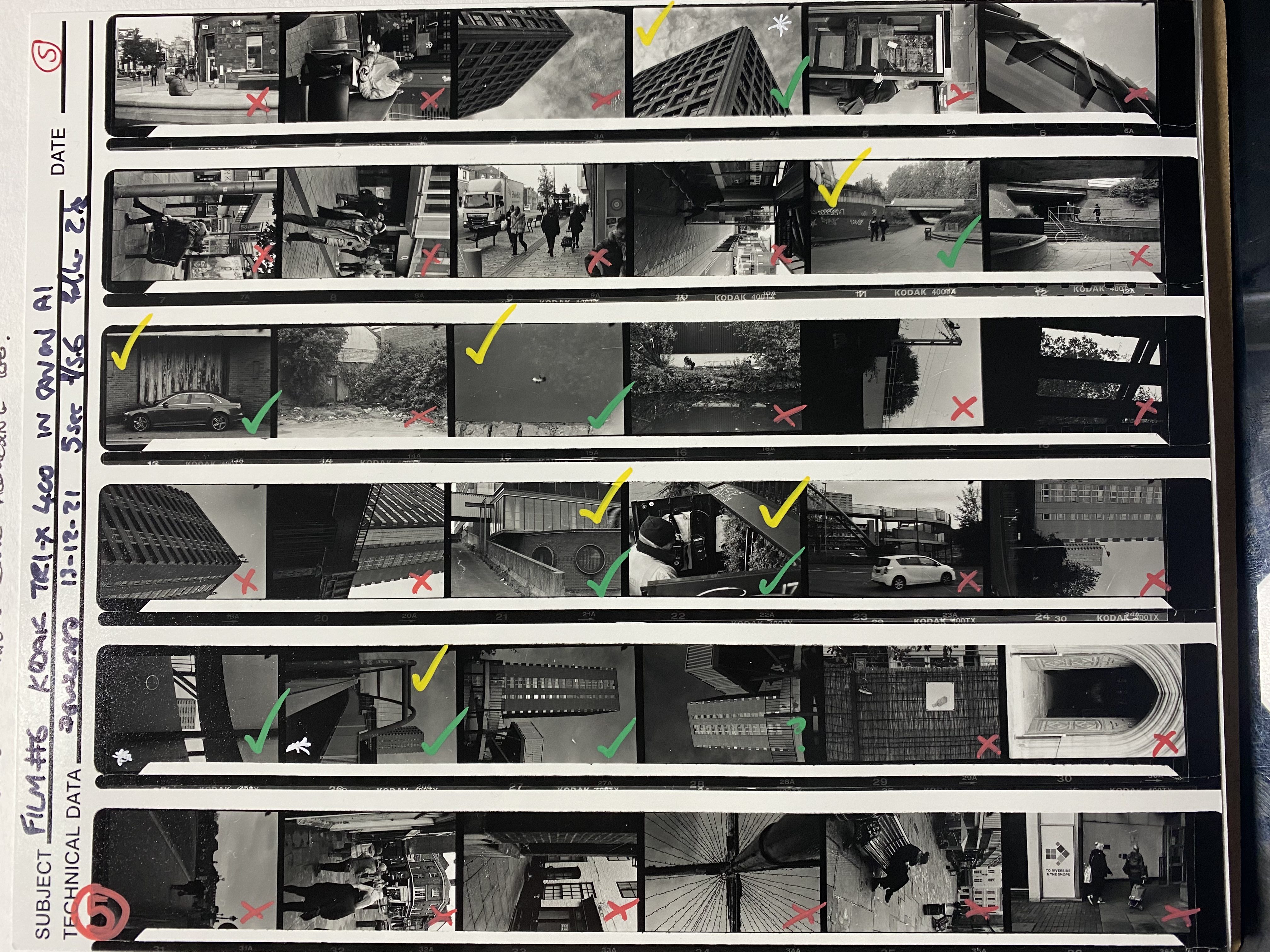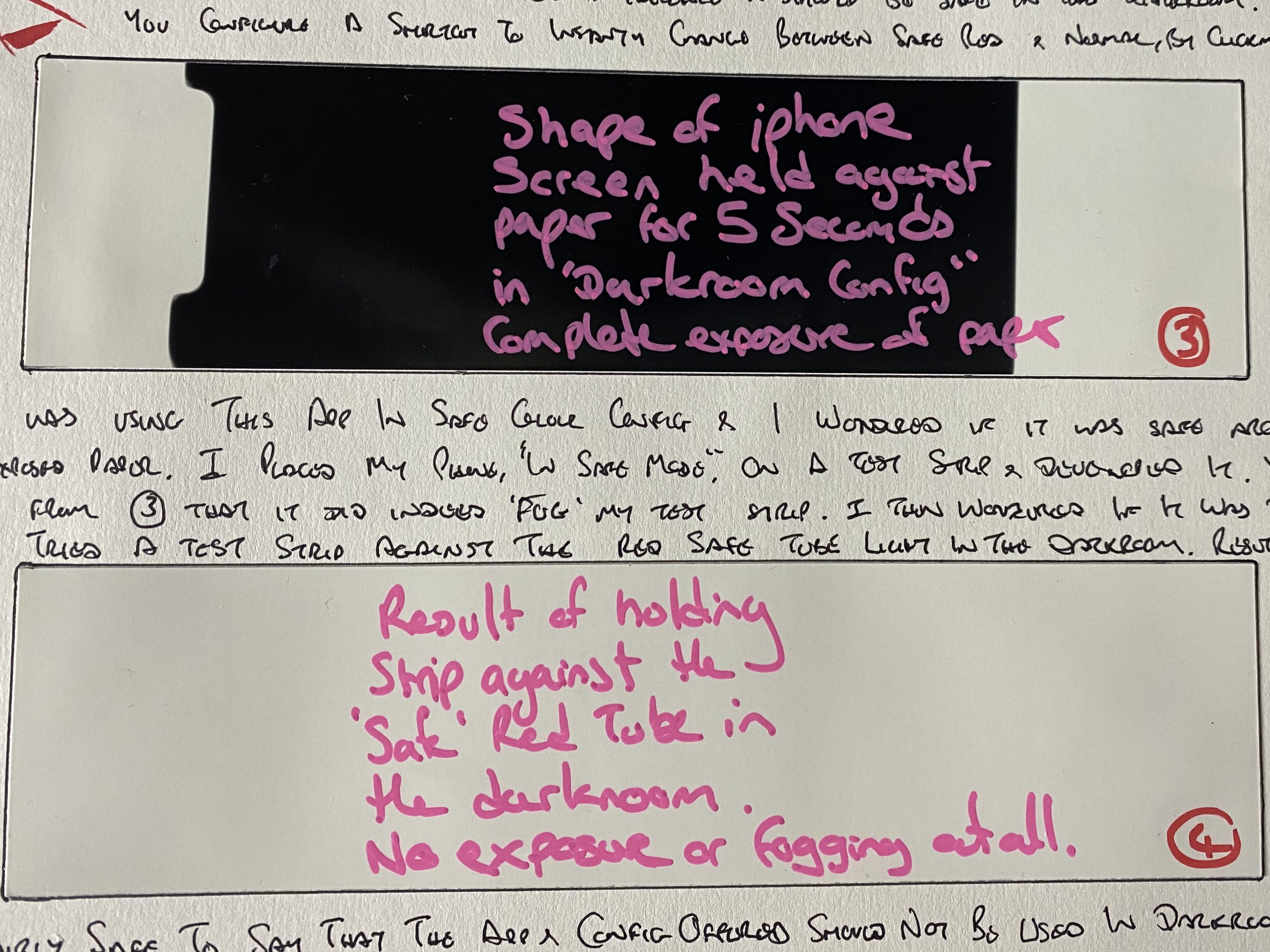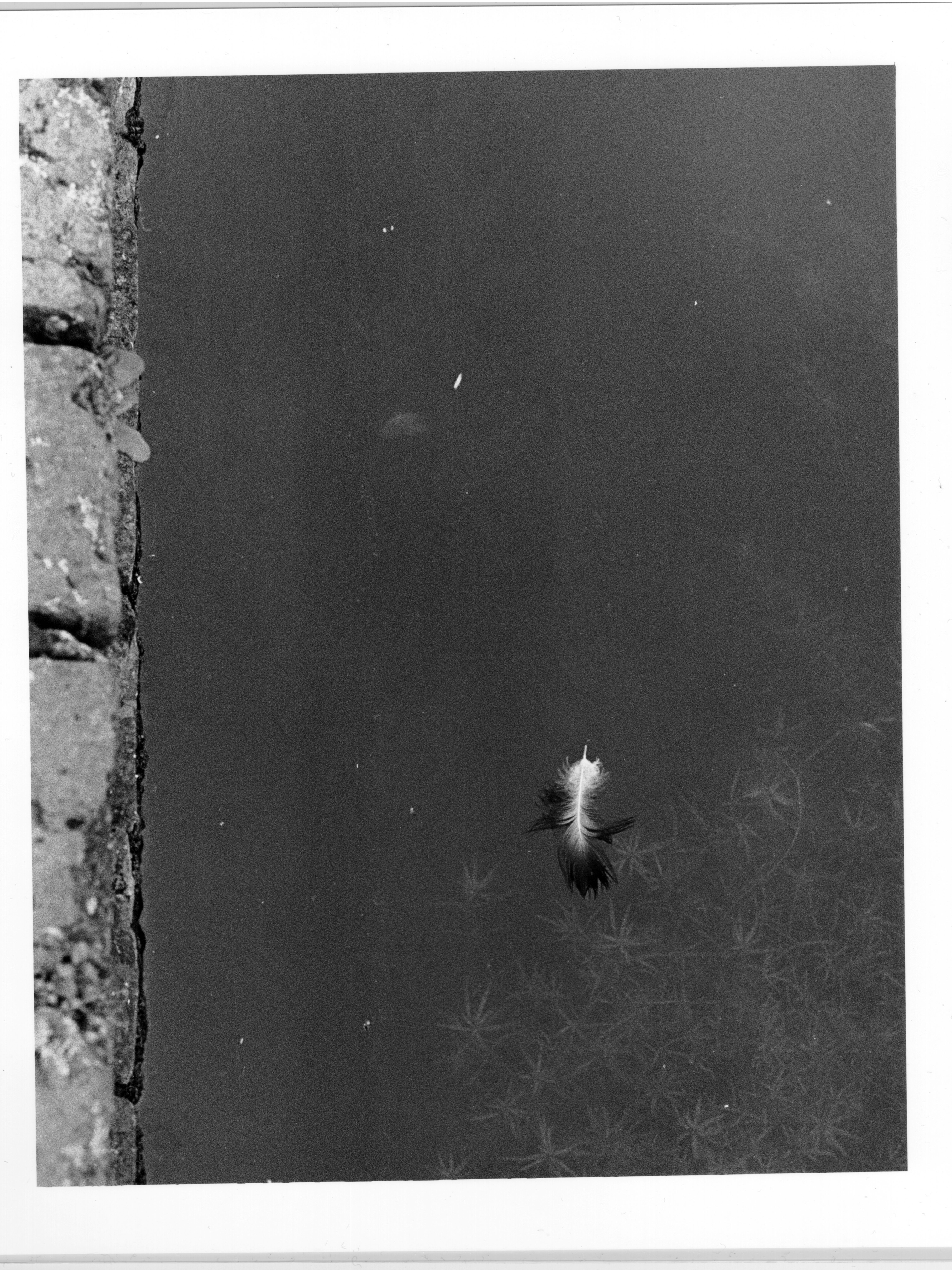Return of the Black & White
Back into the darkroom tomorrow hopefully, we wer told that they’re open for use on the 10th Jan again so I’m going in to develop four of my 120 films that I’ve run through the Bronica ETRS and if I have time try a couple of prints too. Before I do this though I need to write up my reflective journal entry concerning the last session we had before the Christmas break, it consisted of some darkroom work early doors and then getting work out on the table to display our progress.
First job was to print a contact sheet for film #6, the first black and white film I used in my Canon A1. It was a uni provided Kodak Tri-X 400 ISO and was the film I took out with me on my trip to Heath Town. It had a few nice images in there but most were learning to use the camera and get to grips with what might fit in a black and white image. It took me a while to process the contact sheet and prints for this film as it didn’t look as eye-catching as films 7 & 8 which had some strong photos in them.
The contact sheet was printed out after a few test strips and was found to be ideal at 5 seconds, f/5.6 and Filter of 2.5

Foggy
Once the contact sheet was done I had an idea about the new app I’d put on my phone to time developing in the dishes. An app called Darkroom Clock for iOS allows you to set up timers and keep it on to allow you to track the progress through the processing. As part of the install and reading FAQs I found that there is a shortcut to allow you to have your phone display in Safelight mode, i.e. Red.
I’d changed the settings so that I can triple click my home button to toggle between Red mode and normal. I wondered just how safe this red setup was so thought I’d put it into the Red mode and then popped it on a test strip for a few seconds then developed it in the usual method. You can see from the image below that the white test strip was affected only (exposed) where the screen of the phone was.

With my brain slowly working out that this wasn’t all that safe a safelight I go tto pondering how safe the red safelight tubes were in the darkroom, surely they wouldn’t be in there if they fogged papers and prints. The next test was to hold up a test strip to the safe lights and I waited there about 30 seconds before taking it down and developing. As you can see from the picture above of the test strips in my sketchbook, the lower strip was completely unexposed and no changes at all. The safe lights were indeed safe, why would I even doubt it? Well, I guess that’s just me wanting to check things out and make sure how things work.
Feather in my Cap
From here I did six prints, one of a building and one of a bridge, neither overly exciting or ground breaking.
One of the most pleasing prints I did was of a feather in the canal on my journey to Heath Town and whilst it doesn’t really fit the overall look of the images in my selection I did like it.

The final few prints were done, in a bit of a rush, in order to get out to the studio space and begin the Progress and Feedback session.
Progress Feedback
One of the first things I noticved was that many of my peers on the course had also produced some fantastic prints and sketchbooks contiang all sorts of mixed media. It gave me some ideas for future work that I could use in sketchbooks for other modules. Everyone was being super nice about each other’s work and I took a few compliments, which I’m not very good at.
The two lecturers there at the time pointed out that the archival sleeves my prints are in were too big and needed trimming down. This is because they’re way too large in lenght for the 10×8 prints but I didn’t want to trim them and then get told I should leave them alone. This is great feedback as they both said that you need to present the prints to catch peoples’ eyes. One of the lecturers, as I was showing him my prints, said that he’d like one of my prints ultimately so I simply slid one over to him. The other lecturer, present when I did this, told me that you should treat your prints with care so that it shows you care about them, after all if I didn’t care about them, why should anyone else? ANother great point.
Thinking back to this about two hours later, I got to thinking that he was giving me a huge compliment asking for one of my prints and spoke to the lecturer who corrected me, asking for some advice on what I should have done on that occasion. Nobody has ever asked me for a piece of work in this way so I was unprepared for it, I asked whether I should let him choose a print and then present it to him in a better manner and he said that it was a nice thing to do, to make sure it looked nice when handed over, also it might be nice to do a reciprocal print swap or something similar.
Once home afterwards I sent the lecturer an email explaining that thanked him for the compliment he was giving me and that I’d be happy to provide him with a print of any piece of my work he wanted. If he still wanted one. I was unsure, so also asked in the email, as to how he wanted it, signed?, numbered? framed? mounted? or what. Hopefully further chats with both of the lecturers will enable me to respond more appropriately and happily take the compliment for what it was, a huge not of confidence.
Other photographers mentioned in the session today were Matt Black who makes high contrast images and also a third year recommended Todd Hido after he was looking at my Car Park Shelter reflection picture. Hido apparently does a lot of low light images so I’ll look into both Hido and Black and report back here.
[…] being reminiscent of my own when I was taking photographs of a car park at night time. That post is here and I started looking at some of his work in the monograph House Hunting. This is part of his Homes […]